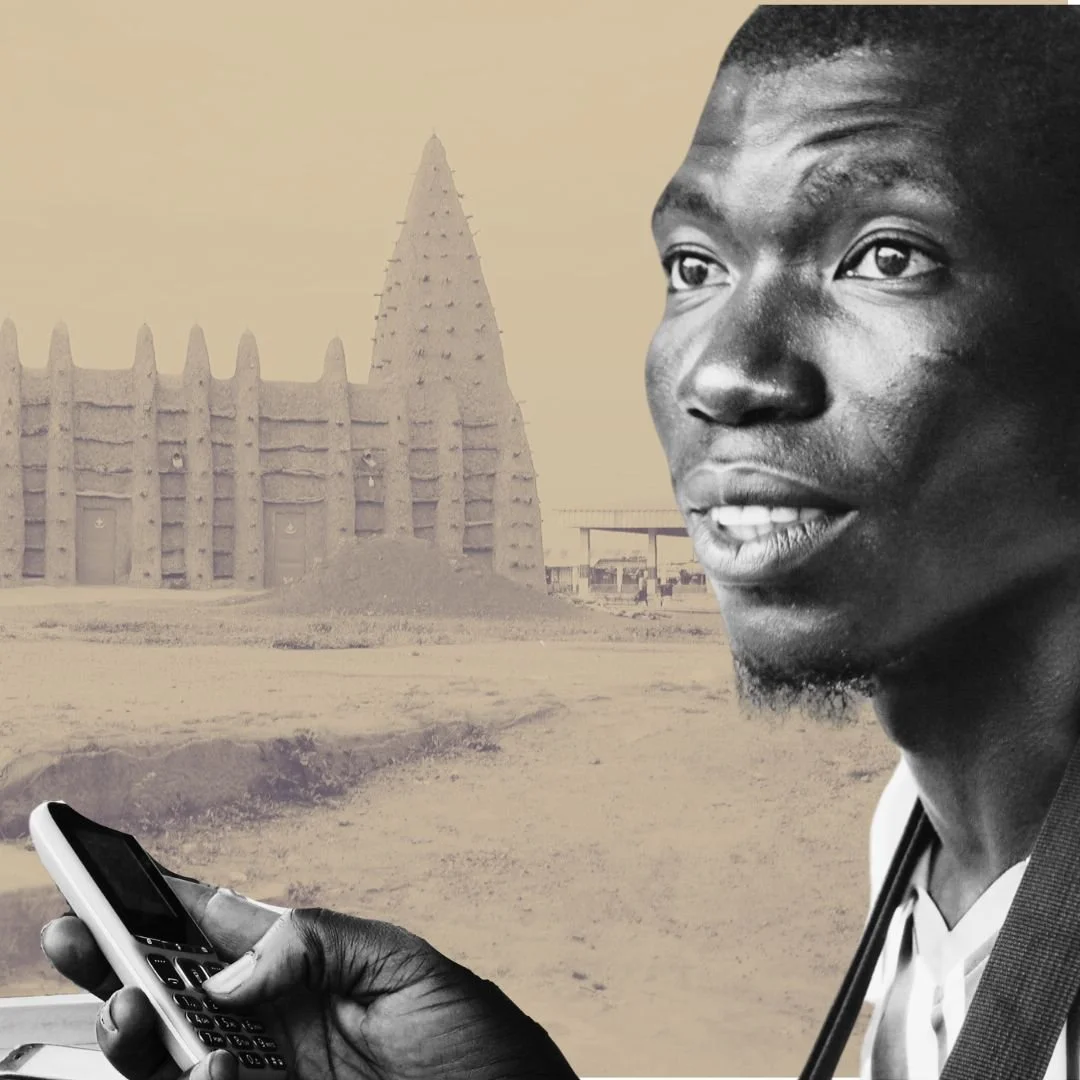This page meant as reference for people interested in learning or studying the Manding language variety (or varieties) often referred to as “Koyaka” or “Koyaga” in English and French.
Koyaga vs Dioula vs Manding
The term koyaka or koyaga literally means ‘inhabitant of Koya”. Today, the label is used for the Manding-speaking people that reside primarily in the region around the the town of Mankono in Côte d’Ivoire.
The local name used for this Manding variety is koyagakan (lit. ‘the language of the people of Koya’). In this sense, Koyaka should not necessarily be viewed as the name of a distinct language, but rather a name for a local variety of Manding (or more specially, Jula [AKA “Dioula” in Côte d’Ivoire). Indeed, as Creissels (1988 [see below]) notes:
“Koyaka people do not consider lingua franca Jula as a language that is truly different from their own variety; for them, “Tagbusi Jula” [another term for lingua franca Jula] are part and parcel of one single language, of which Tagbusi Jula is, to their eyes, just a passable bastard variety.”
In this sense, if you want to learn Koyaga, you can start by learning Jula or Bambara. (You can do this in an online course such as mine, for instance.) You will instantly be able to use your language skills (since speakers of Koyaga all understand lingua franca Jula), and it will lay a strong foundation for you to then adapt your speech to the particularities of Koyaga.
Resources Specifically for Koyaga
Here are some resources that are specifically useful for learning or studying Koyaga.
Examples
Here are some examples of Koyaga in use.
Father and Son Speaking Koyaga (0:36) — A short video from the YouTube Channel “KOYAGA KAN MA LANGUE”.
Articles, etc.
Creissels, Denis. 1988. “Elements de Phonologie Du Koyaga de Mankono.” Mandenkan. — An academic article in French, but useful for its introduction about Koyaka as a Manding variety. Plus, it lays out the way that the phonology (that, the sound system) of the variety is distinct from better known Manding varieties such as “standard” Bambara and Dioula. Moreover on pp. 105-159, it includes a basic lexicon of the language that function as a simple dictionary tool for study or comparing how Koyaka is distinct.
Boone, Douglas, Mike Boling, Lamine Silué, and MaryAnn Augustin. 2007. “Enquête Sociolinguistique En Langues Manding.” — Article based on a sociolinguistic survey study carried out in 1999. Their goal was to test and see if materials developed for adult literacy education programming via the Manding varieties of standard Dioula (AKA “tagbusi Jula”), Mahou or standard Maninka of Guinea would work in the Manding-speaking areas of central and northwest Côte d’Ivoire. They identified and focused on four Manding varieties: Koyaga, Koro, Odienné and Worodougou. Their study thus sheds some light on both the vitality of Koyaga and its mutual intelligibility with standard Jula and standard Maninka.
Gingiss, Peter Judson. 1973. “Worodugukan: A Comparative and Descriptive Study.” — A PhD dissertation about the Manding variety spoken in and around Séguéla, which is also considered to be part of Koyaga.
Social Media Accounts/People
Koyaga Kan Ma Langue — A YouTube channel by a native speaker of Koyagakan.
Resources for Dioula/Bambara (which can also help)
Here are some An ka taa resources that are specifically focused on Jula and can help lay a solid foundation that is useful for Koyaga.
Online Courses
Beginner Bambara/Dioula — A full online course for beginners.
Videos
“Basic Bambara” Lessons — A series of lessons focused on Bambara/Jula grammar which is available for free on YouTube.
Na baro kè — A series of educational street interviews filed in West Africa subtitled in Bambara/Jula, English and French. Episode 14 is specifically about “Dioula/Jula” as a language.
Bambara vs Ivoirian Dioula Deep Dive video — An educational deep dive into the differences between Bambara and standard Jula as spoken in Côte d’Ivoire via the interview behind Episode 2 of Baarakètò.
Podcasts
Basic Bambara Podcast — A six episode series of introductory lessons taught by me, Coleman, to a real first-time student of Bambara/Dioula.
Webpages
What is the difference between Bambara and Dioula? — A write-up of the major linguistic differences between Bambara and Dioula.
Dictionary
Bambara/Dioula - English - French Dictionary — A trilingual dictionary with search engine, examples, tonal marking, usage notes, and more.




